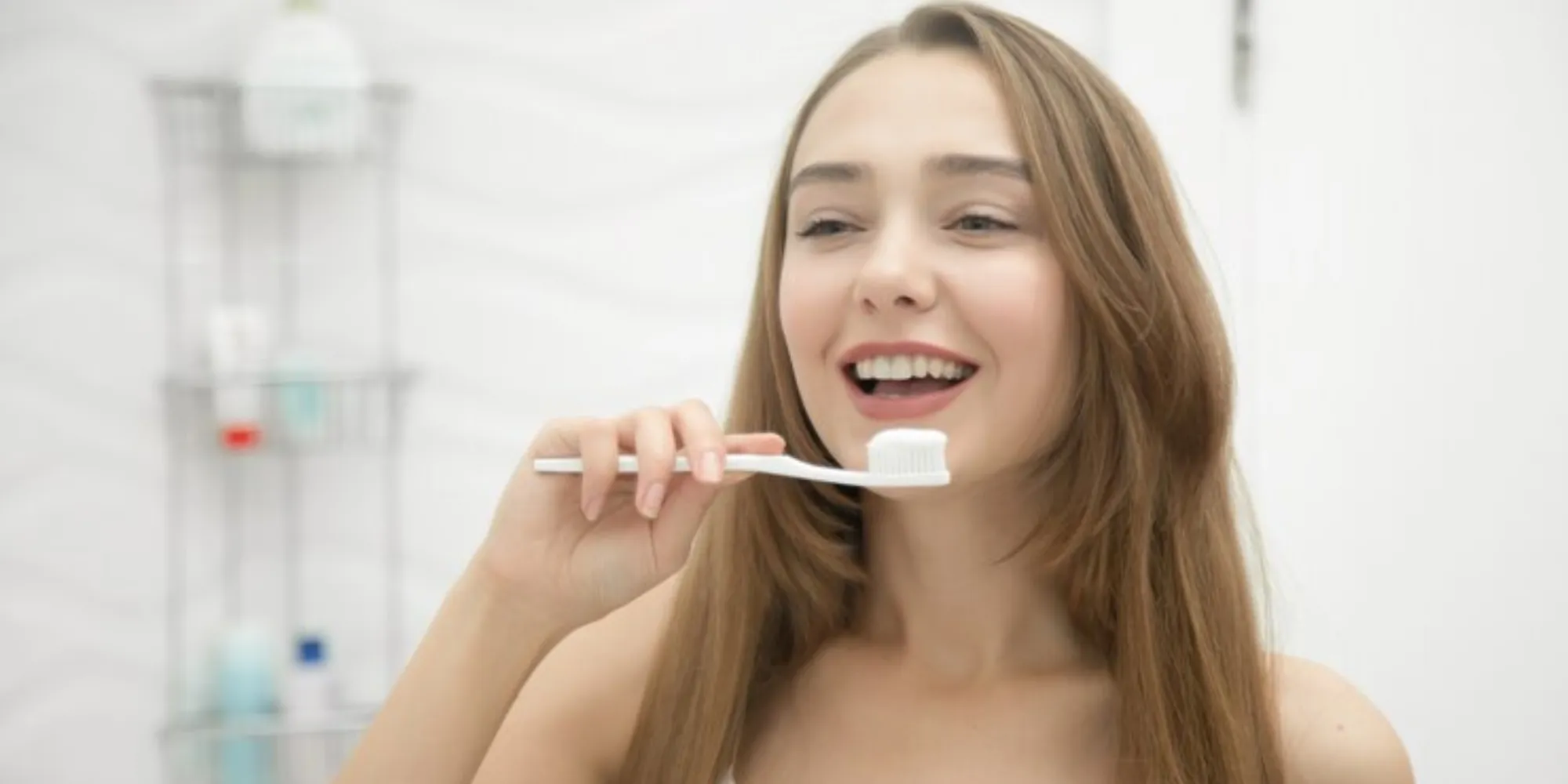Understanding Whitening Strips and Tooth Sensitivity
Teeth whitening strips have become a popular method for achieving a brighter smile. They contain bleaching agents, typically hydrogen peroxide or carbamide peroxide, that penetrate the enamel to remove stains and discoloration. However, the use of whitening strips can sometimes lead to increased tooth sensitivity. This sensitivity occurs because the bleaching agents can temporarily make the enamel more porous, exposing the underlying dentin, which contains nerve endings. Understanding how these strips work and their potential side effects is crucial for using them effectively and safely. Proper usage minimizes the risk of sensitivity and maximizes the whitening benefits, allowing you to achieve a dazzling smile without unnecessary discomfort. This initial understanding is vital to developing a proper oral hygiene routine, especially when using whitening strips.
How Whitening Strips Work
Whitening strips are designed to adhere to the teeth and deliver a concentrated dose of bleaching agent. When the strip comes into contact with the tooth’s enamel, the active ingredient breaks down stain molecules, resulting in a lighter shade. The process typically takes a few days to weeks, depending on the product’s strength and usage. The strips usually contain a thin layer of gel with the active bleaching agent. The gel ensures the bleaching agent is in direct contact with the teeth’s surface. This direct contact helps to break down the stains. Consistent use of the strips, according to the product’s instructions, is essential for achieving the desired whitening effects. However, one must also consider the impact of these strips on the overall health of the teeth, especially when combined with the oral hygiene routine.
Common Side Effects of Whitening Strips
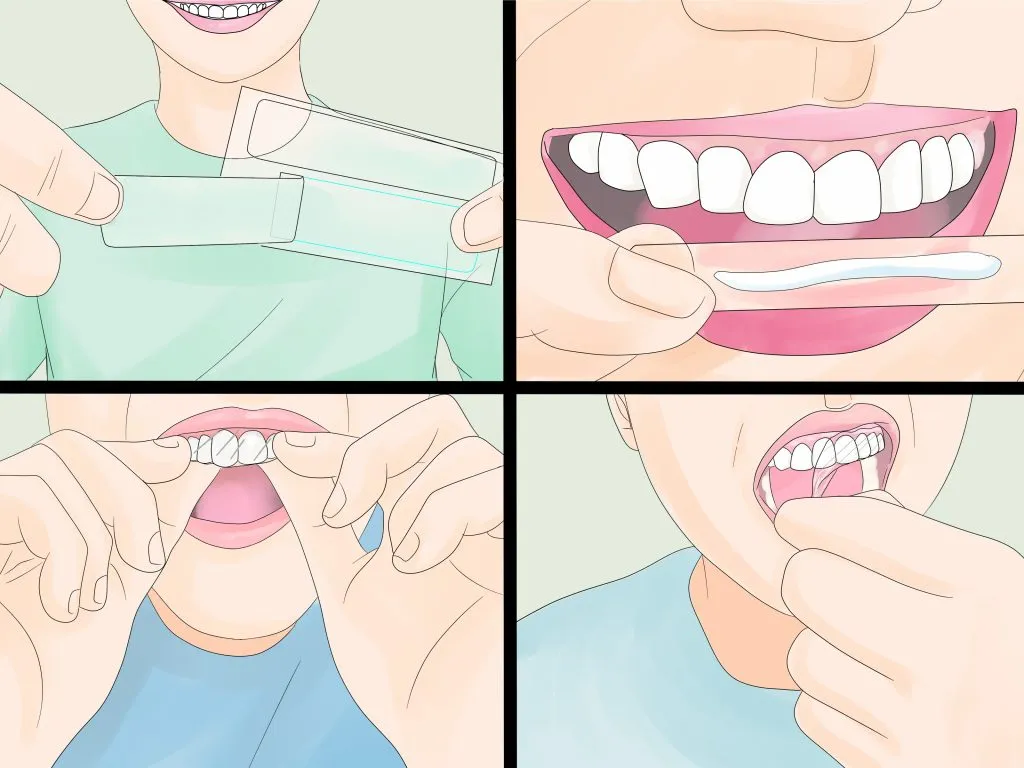
Besides tooth sensitivity, other side effects can occur with whitening strips. Gum irritation is another common issue, as the bleaching agent may come into contact with the gums, causing redness, swelling, or soreness. This irritation is usually temporary, resolving within a few days after stopping the whitening treatment or reducing the frequency of use. Some users may also experience a mild burning sensation or tingling in their teeth. Always follow the product instructions and consult a dentist if side effects persist or worsen. Proper application and a careful approach to oral hygiene will greatly reduce the chances of any discomfort. For many users, the benefits of a brighter smile far outweigh any minor side effects, as long as they are managed with care and attention.
The Importance of Proper Oral Hygiene
Maintaining excellent oral hygiene is crucial for overall health and is particularly vital when using whitening strips. Regular brushing, flossing, and rinsing help remove plaque, bacteria, and food particles, which can contribute to tooth decay and gum disease. A healthy mouth is more receptive to whitening treatments and less prone to sensitivity or irritation. Proper oral hygiene involves brushing teeth at least twice a day with fluoride toothpaste, flossing daily to remove debris between teeth, and rinsing with an antibacterial mouthwash. Routine dental check-ups and professional cleanings are also essential for maintaining good oral health. Combining effective oral hygiene practices with the use of whitening strips helps to ensure a bright, healthy smile.
Why Brushing Matters
Brushing is the cornerstone of good oral hygiene. It removes plaque, a sticky film of bacteria that forms on teeth. Plaque produces acids that attack tooth enamel, leading to cavities. Regular brushing also helps to prevent gum disease by removing bacteria from the gum line. Brushing helps to maintain fresh breath by removing food particles and bacteria that cause bad odors. Proper brushing techniques include using a soft-bristled toothbrush, brushing all surfaces of the teeth, and using gentle, circular motions. Brushing after meals is recommended to remove food debris and prevent plaque buildup. A consistent brushing routine is fundamental for maintaining a healthy and bright smile.
The Role of Toothpaste
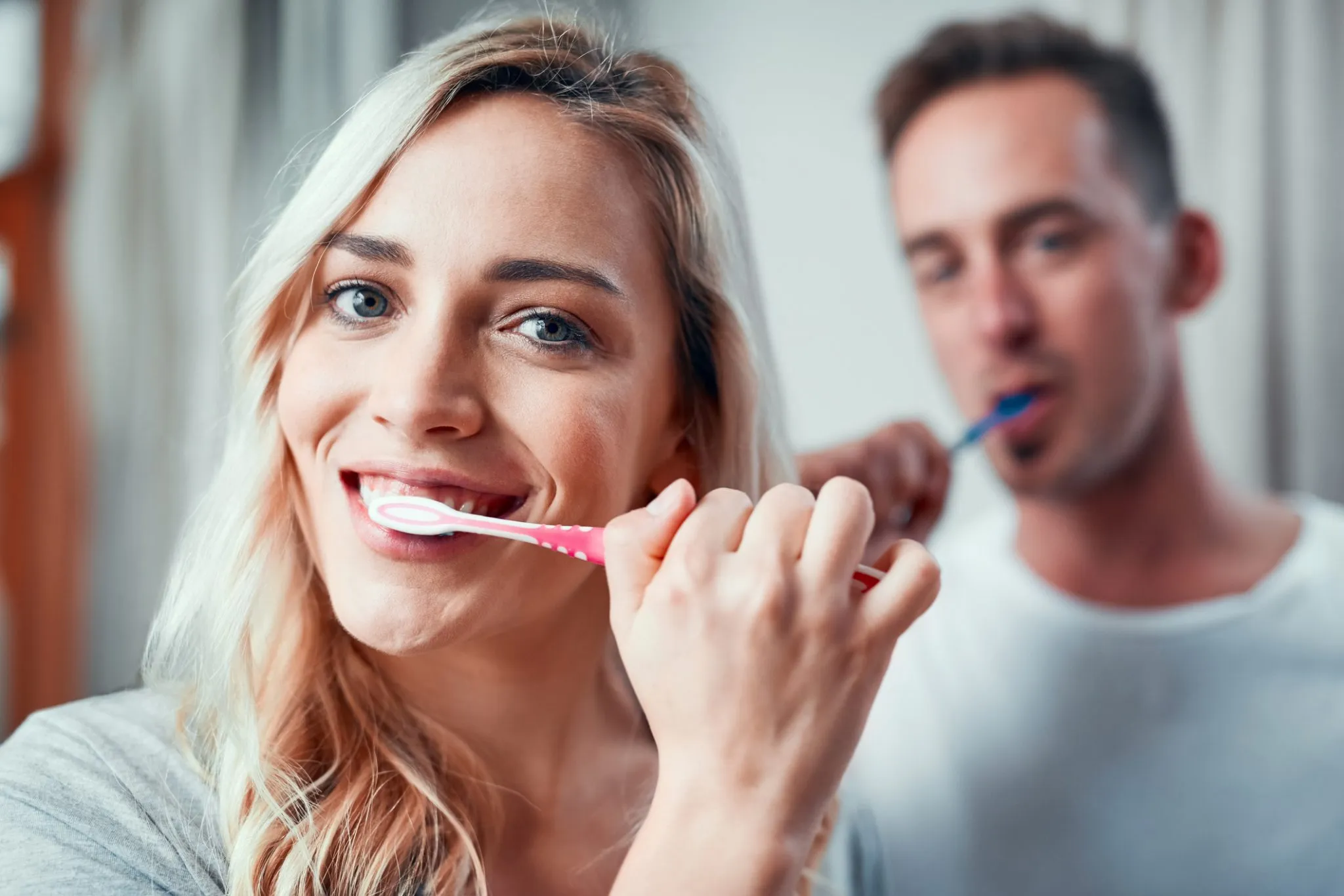
Toothpaste plays a vital role in oral hygiene, primarily due to its ability to clean and protect the teeth. Fluoride toothpaste strengthens tooth enamel, making it more resistant to acid attacks from bacteria and reducing the risk of cavities. Toothpaste also helps to remove surface stains, contributing to whiter teeth. It typically contains abrasive agents that gently polish the teeth. The abrasiveness of toothpaste should be moderate to avoid damaging the enamel. Many toothpastes also contain ingredients that freshen breath and provide a pleasant taste, encouraging consistent brushing habits. Always choose a toothpaste with fluoride and consider the specific needs of your teeth, such as sensitivity or whitening. The right toothpaste complements the effects of whitening strips and maintains overall oral health.
Timing Your Brush After Whitening Strips
The timing of when you brush your teeth after using whitening strips is crucial for maximizing results and minimizing potential side effects. Brushing too soon can disrupt the whitening process and increase sensitivity, while waiting the appropriate amount of time allows the whitening agents to work effectively. Understanding the ideal time to brush will help you achieve the best possible outcome from your whitening treatment. This consideration helps ensure the protection of your teeth and gums, allowing for a beautiful, healthy smile. Following the correct timing guidelines will also prevent any possible damage to the enamel and further irritation to the gums, ultimately providing a more positive experience with your teeth whitening strips.
Recommended Waiting Time
Dental professionals generally recommend waiting at least 30 minutes to an hour after removing whitening strips before brushing your teeth. This waiting period allows the enamel to re-harden, minimizing the risk of abrasion from brushing. During the whitening process, the enamel becomes slightly porous, and brushing immediately afterward can remove some of the bleaching agents before they have fully penetrated the teeth. Waiting also allows the saliva to remineralize the enamel, reducing sensitivity. Always refer to the specific instructions provided with your whitening strips, as recommended waiting times may vary slightly depending on the product. Consistency in adhering to the recommended timeframe helps improve the outcome.
Why You Shouldn’t Brush Immediately
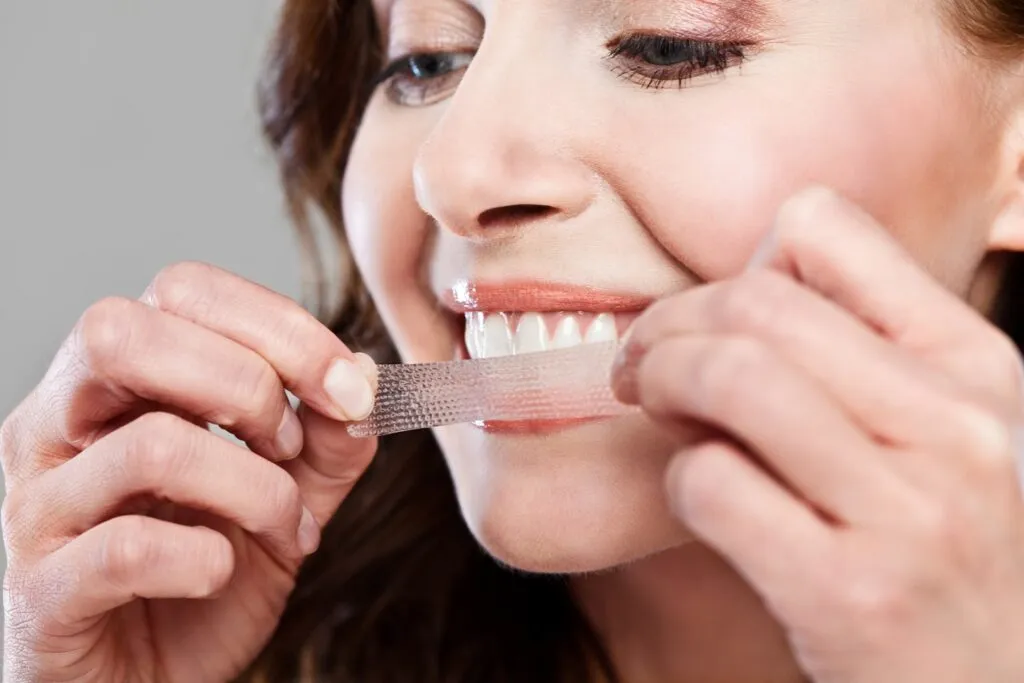
Brushing immediately after using whitening strips is not recommended because of several factors. As mentioned, the enamel becomes temporarily more porous during the whitening process. This makes the teeth more vulnerable to abrasion and potential damage from the toothbrush bristles. Toothpaste, especially those with abrasive agents, can also interfere with the whitening agents and reduce their effectiveness. Brushing can remove the bleaching agents before they have fully penetrated the enamel. Furthermore, brushing immediately can increase tooth sensitivity, as the enamel is more susceptible to external stimuli. Waiting allows the teeth to recover and the whitening process to complete, leading to better results and less discomfort. It is always a good idea to allow your teeth to settle following the use of whitening strips, to maximize their effect.
Best Practices for Brushing After Strips
When it’s time to brush after the recommended waiting period, using the correct techniques and products is important for maintaining your oral health and the results of your whitening treatment. Choosing the right toothbrush, using gentle brushing techniques, and selecting an appropriate toothpaste will help prevent any damage to your teeth while ensuring effective cleaning. These practices will help you achieve a brighter smile while avoiding any further sensitivity or irritation. Following best practices is the key to a beautiful, healthy, and long-lasting smile after using whitening strips. These considerations ensure that the whitening process does not compromise the health of your teeth, allowing you to enjoy the benefits of a brighter smile without any adverse effects.
Choosing the Right Toothbrush
Selecting the right toothbrush is crucial for maintaining the health of your teeth and gums, especially after using whitening strips. A soft-bristled toothbrush is highly recommended. Soft bristles are gentle on the enamel and gums, reducing the risk of abrasion and irritation. Look for a toothbrush with rounded bristles to further minimize any potential damage. Consider using an electric toothbrush with a soft-bristle head, as it can provide more effective cleaning with less effort and can help regulate pressure. Replace your toothbrush every three months, or sooner if the bristles become frayed. The correct toothbrush ensures effective cleaning without compromising the health of your teeth after whitening.
Gentle Brushing Techniques
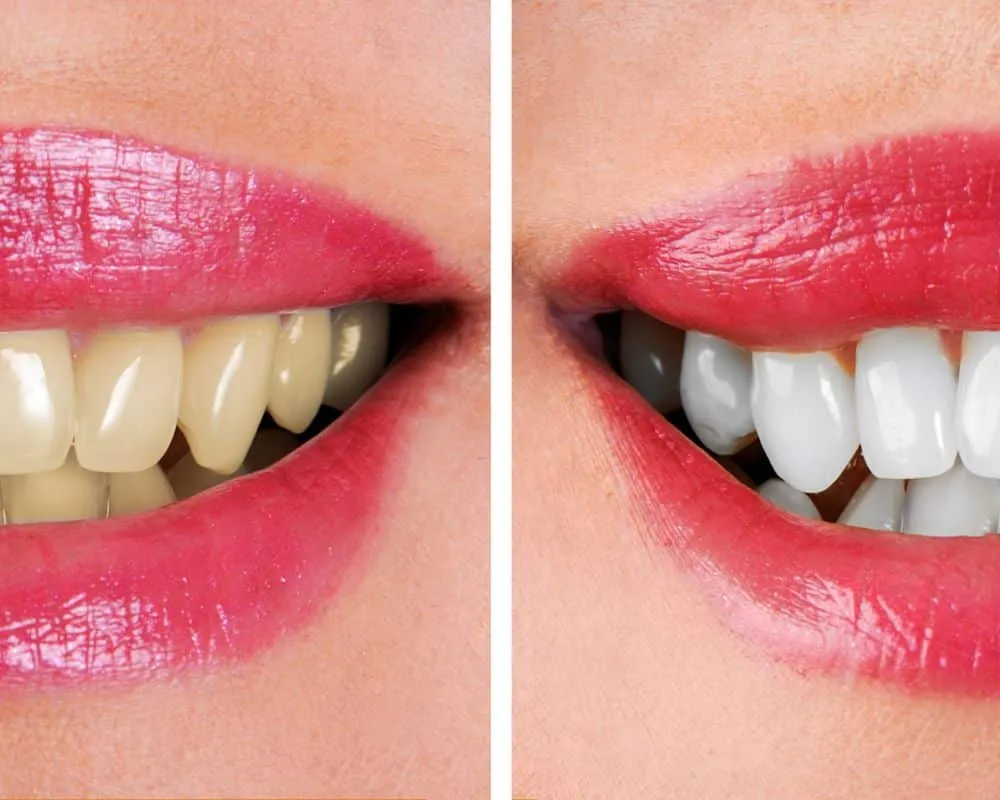
Employing gentle brushing techniques is essential to protect your teeth and gums after using whitening strips. Use small, circular motions to brush all surfaces of your teeth, including the front, back, and chewing surfaces. Avoid applying excessive pressure, as this can lead to enamel erosion and gum recession. Hold your toothbrush at a 45-degree angle to your gum line to effectively clean along the gum line and remove plaque. Brush for at least two minutes, ensuring you reach all areas of your mouth. Gentle techniques, coupled with the right tools, will prevent any damage and improve the quality of your oral hygiene. Make sure to practice consistently and regularly for the best results.
Recommended Toothpaste Types
Choosing the right toothpaste is important to support your whitening treatment and protect your teeth from sensitivity. Look for a toothpaste with fluoride, which helps to strengthen enamel and prevent cavities. If you experience sensitivity, consider using a toothpaste specifically designed for sensitive teeth. These toothpastes contain ingredients like potassium nitrate, which help to block the transmission of pain signals to the nerves. Avoid using toothpaste with high abrasivity. Check the relative dentin abrasivity (RDA) value on the toothpaste packaging; aim for a value below 100. Consider whitening toothpastes that are gentle and formulated to remove surface stains without excessive abrasiveness. The right toothpaste complements the whitening process and ensures optimal oral health.
Maximizing Results and Protecting Your Teeth
To maximize the results of your whitening treatment and protect your teeth, consider additional factors beyond brushing. Your diet and lifestyle choices can significantly impact the effectiveness and longevity of your whitening. Understanding and implementing these additional measures will ensure that you get the most out of your teeth whitening treatment. Following these strategies will allow you to maintain a bright and healthy smile. Protecting your teeth and maximizing the results of your whitening treatments will keep your smile looking its best for longer. By making mindful choices, you can keep your teeth healthy and bright.
Dietary Considerations
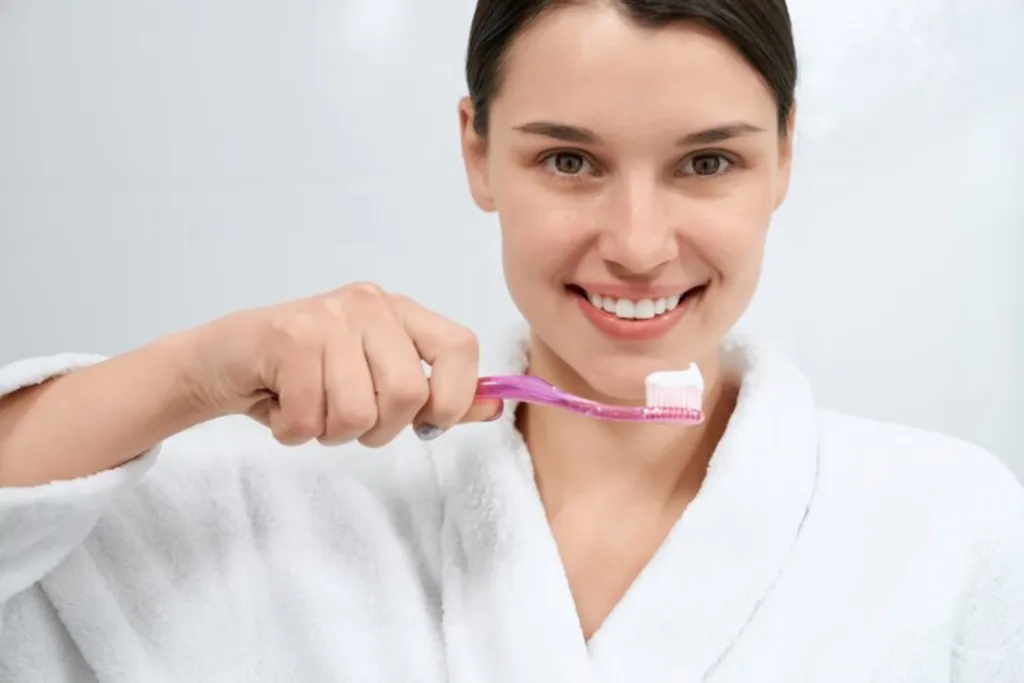
Your diet plays a significant role in the appearance and health of your teeth. Certain foods and beverages can stain or discolor your teeth, counteracting the effects of whitening strips. It is important to be mindful of what you consume while undergoing teeth whitening treatment. Consume a balanced diet rich in fruits, vegetables, and calcium. These foods support oral health and help maintain a brighter smile. Limit your intake of highly acidic foods, such as citrus fruits and vinegar, as they can erode enamel and increase sensitivity. Proper dietary habits can help you maintain the brightness of your smile.
Avoiding Staining Foods and Drinks
Certain foods and drinks are notorious for staining teeth, and it’s wise to limit their consumption while undergoing whitening treatment. Coffee, tea, red wine, and dark sodas contain pigments that can easily stain teeth. Berries, such as blueberries and raspberries, as well as deeply colored sauces like soy sauce and balsamic vinegar, can also contribute to staining. If you consume these items, rinse your mouth with water immediately afterward or brush your teeth after the recommended waiting time. Using a straw when drinking dark beverages can help minimize contact with your teeth. By being mindful of your dietary choices, you can help maintain the results of your whitening treatment and prevent new stains from forming, keeping your smile brighter for longer.
Maintaining Whitening Results
Maintaining the results of your teeth whitening requires a multifaceted approach. Regular brushing and flossing are essential for removing surface stains and preventing plaque buildup. Schedule routine dental check-ups and professional cleanings to remove stubborn stains and maintain overall oral health. Consider using whitening toothpaste or a whitening mouthwash to help remove surface stains. You can also use touch-up treatments with whitening strips or professional treatments as needed to maintain your desired level of brightness. By implementing these practices, you can keep your smile looking its best for a long time.
Additional Tips for Optimal Whitening
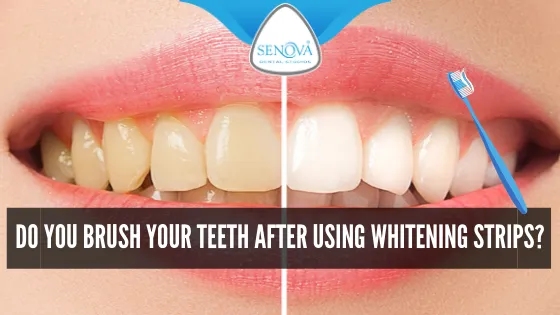
Beyond the core guidelines, several additional tips can enhance the effectiveness and safety of your teeth whitening journey. Staying informed and consulting with a dental professional will help ensure that your teeth whitening experience is successful and healthy. Remember that consistency and attention to detail are crucial for achieving and maintaining the best results. Always prioritize the health and well-being of your teeth. Remember to consult a dentist before starting any whitening treatment. A dental professional can assess your oral health and recommend the most appropriate treatment for your specific needs. Follow all product instructions carefully and avoid overuse, as this can lead to increased sensitivity. Protect your investment by making informed choices and prioritizing your oral health.
